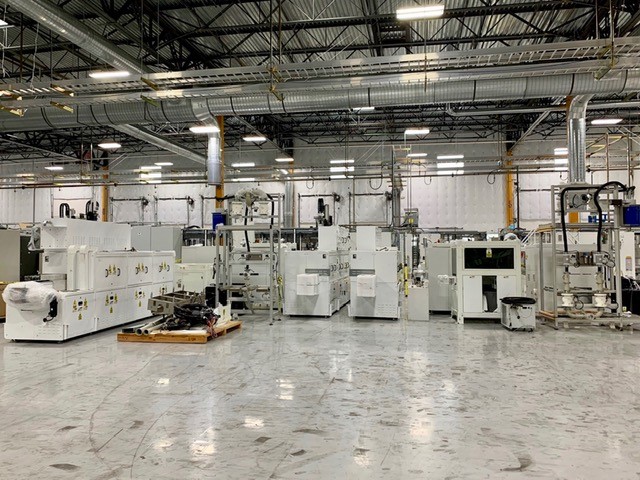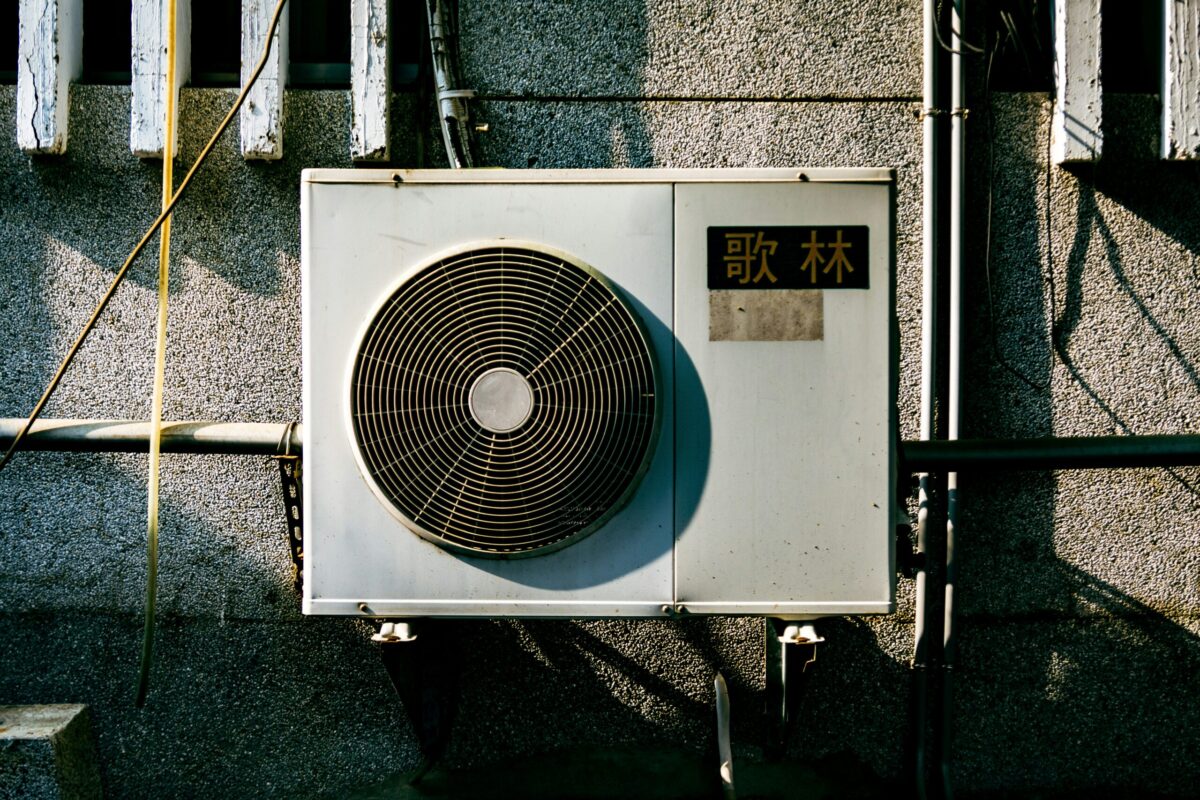From pv magazine USA
Under its ownership by SolarWorld Americas, one factory in a mid-sized town west of Portland, Oregon, was a focal point of the solar trade war between the United States and China. And now this factory is getting ready for its second life as a SunPower facility, making the company’s new shingled P-Series cells.
SunPower says that it has already delivered all the necessary tools to the Hillsboro factory from its facility in Mexicali, Mexico. It is currently in the process of commissioning the lines to make the P-Series, which features slices of crystalline silicon cells arranged in vertical strips.
 The company notes that its stringers – which both slice the cells into strips and string them together into sections – are already operational, but that there is still some work to be done with the rest of the line. SunPower estimates that it will begin ramping production in January, and will reach an initial production capacity of 200 MW annually some time next year.
The company notes that its stringers – which both slice the cells into strips and string them together into sections – are already operational, but that there is still some work to be done with the rest of the line. SunPower estimates that it will begin ramping production in January, and will reach an initial production capacity of 200 MW annually some time next year.
“We will ramp continuously over the next year,” said Bill Mulligan, SunPower’s Executive VP of global operations. “It’s somewhat of a new product that we are introducing here.”
If the factory does reach 200 MW, this will be the largest capacity of shingled solar cell production globally.
390-395 watt ratings
The modules which will be made in Oregon will be an upgrade from SunPower’s P-17, which was based upon multicrystalline cell technology, to its P-19, which utilizes mono-PERC (Passivated Emitter and Rear Cell) cells and offers a 19% efficiency.
They are still expected to be much less expensive that SunPower’s E-Series and X-Series products, which are based on its Interdigitated Back Contact (IBC) technology.
The new P-Series modules that will be produced will be slightly larger than a standard 72-cell module, and Mulligan estimates that the majority of the product will offer a power rating of 390-395 watts.

Mulligan says that some of the efficiency achieved is due to more efficient evacuation of electricity off the surface of the cell, with fewer losses due to resistivity than standard crystalline silicon cells utilizing busbars.
These modules are aimed at SunPower commercial and industrial installations, and will offer SunPower’s standard 25-year warranty. “Over the years reliability has been our specialty, so we have developed some testing that gives us confidence as to how long panels will last,” notes Mulligan.
Mulligan also says that the P-Series design gives greater assurance of reliability, noting that the conductive adhesive between the cells does not have the same issues with thermal expansion as copper ribbons between cells in standard designs.
Not all of the tools in this production line are new to the factory, and Mulligan notes that the facility had the advantage of being heavily automated. And while Mulligan says that there will be modifications due to factors such as new frame formats, “for the most part we are trying to reuse the tools that are there.”
Cell lines up in the air
But while module assembly is getting ready for P-Series, the future of the former SolarWorld cell lines is less clear. These are currently running to make SolarWorld legacy products, but Mulligan says that the company has not decided yet whether or not to continue cell production in Oregon for the P-Series.
The Oregon cell lines were some of the first to mass produce PERC cells, however Mulligan notes that this not necessarily an advantage. “The equipment there is somewhat dated, and cell factories are more expensive to run in the United States,” Mulligan told pv magazine.
SunPower’s alternative plan is to import cells from Southeast Asia for the P-Series. And while there is currently an exemption from the Section 201 tariffs for the first 2.5 GW of cells to be imported into the United States each year, the large number of module factories that are currently planned or underway in the United States could interrupt that.
Veteran SolarWorld workers to stay on
As for the workers at this factory, Mulligan estimates that it will only have a “couple hundred” – about the same level that SolarWorld had after mass layoffs, and down from the peak of around 700 that were employed there. This is in line with the much lower capacity, as 200 MW of modules will only be a fraction of the cell and module production that the facility offered at its peak, as the largest crystalline silicon solar production facility in the Americas.
However, Mulligan also notes that many of the workers who SunPower retained have been with SolarWorld, and the companies the preceded it, for a long time. “It’s been pretty helpful to have a skilled team,” observes Mulligan. “A lot of the SolarWorld employees have 30 years, even 40 years.”
This content is protected by copyright and may not be reused. If you want to cooperate with us and would like to reuse some of our content, please contact: editors@pv-magazine.com.



Do you think this will offer jobs for everyone? Not only for Americans?